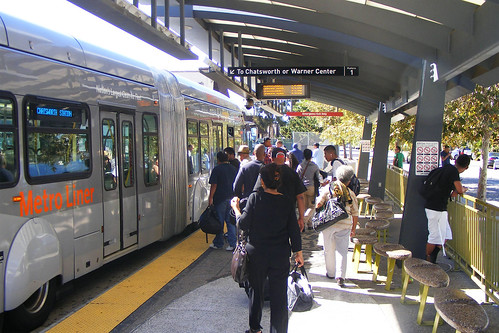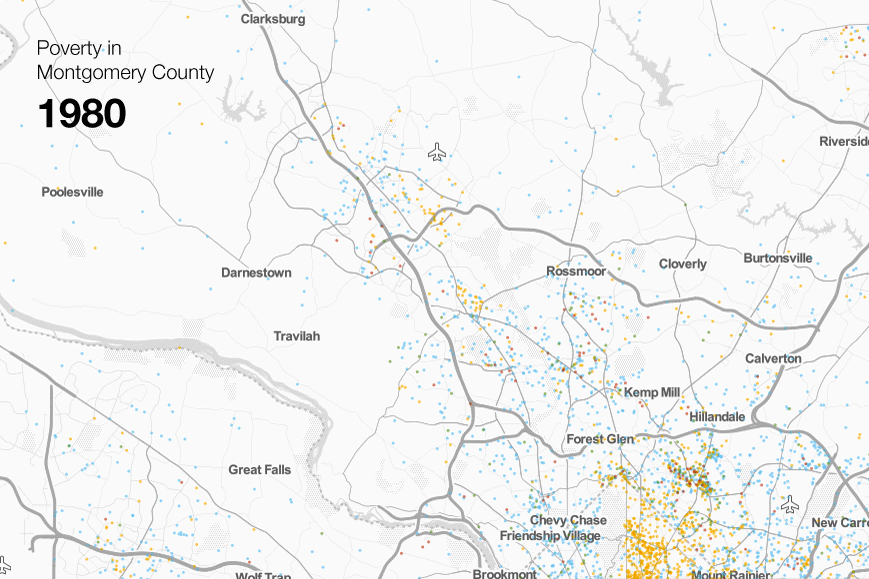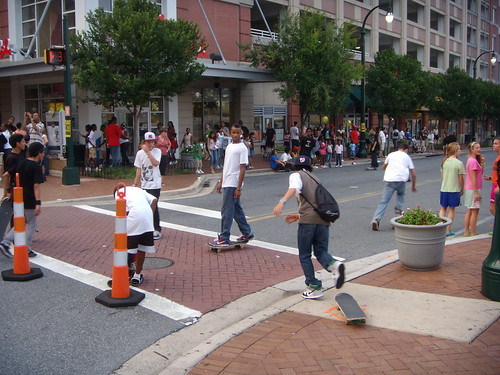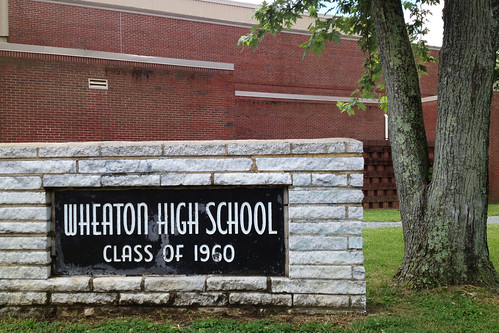Citing studies that show a connection between happiness and student performance, Montgomery County Public Schools are surveying students and staff on how hopeful and engaged they are. But it may not be a good measure of a school's quality.
MCPS hired national polling firm Gallup to administer the surveys, which cost $900,000 for 3 years of work and can be found online. Superintendent Dr. Joshua Starr feels the school system shouldn't only measure success by test scores, but by the social and emotional health of its students and employees.
The surveys ask students and teachers to respond to statements like "I have a best friend at school", "I can energetically pursue my goals", and "Did you smile or laugh a lot yesterday?" Respondents rank their feelings on a scale of 1 to 5, which are then compiled for the entire school and compared to averages for MCPS and for the United States as a whole.
 |
| This year's Gallup Student Polls for Montgomery County. All images by the author unless noted. |
MCPS hired national polling firm Gallup to administer the surveys, which cost $900,000 for 3 years of work and can be found online. Superintendent Dr. Joshua Starr feels the school system shouldn't only measure success by test scores, but by the social and emotional health of its students and employees.
The surveys ask students and teachers to respond to statements like "I have a best friend at school", "I can energetically pursue my goals", and "Did you smile or laugh a lot yesterday?" Respondents rank their feelings on a scale of 1 to 5, which are then compiled for the entire school and compared to averages for MCPS and for the United States as a whole.





